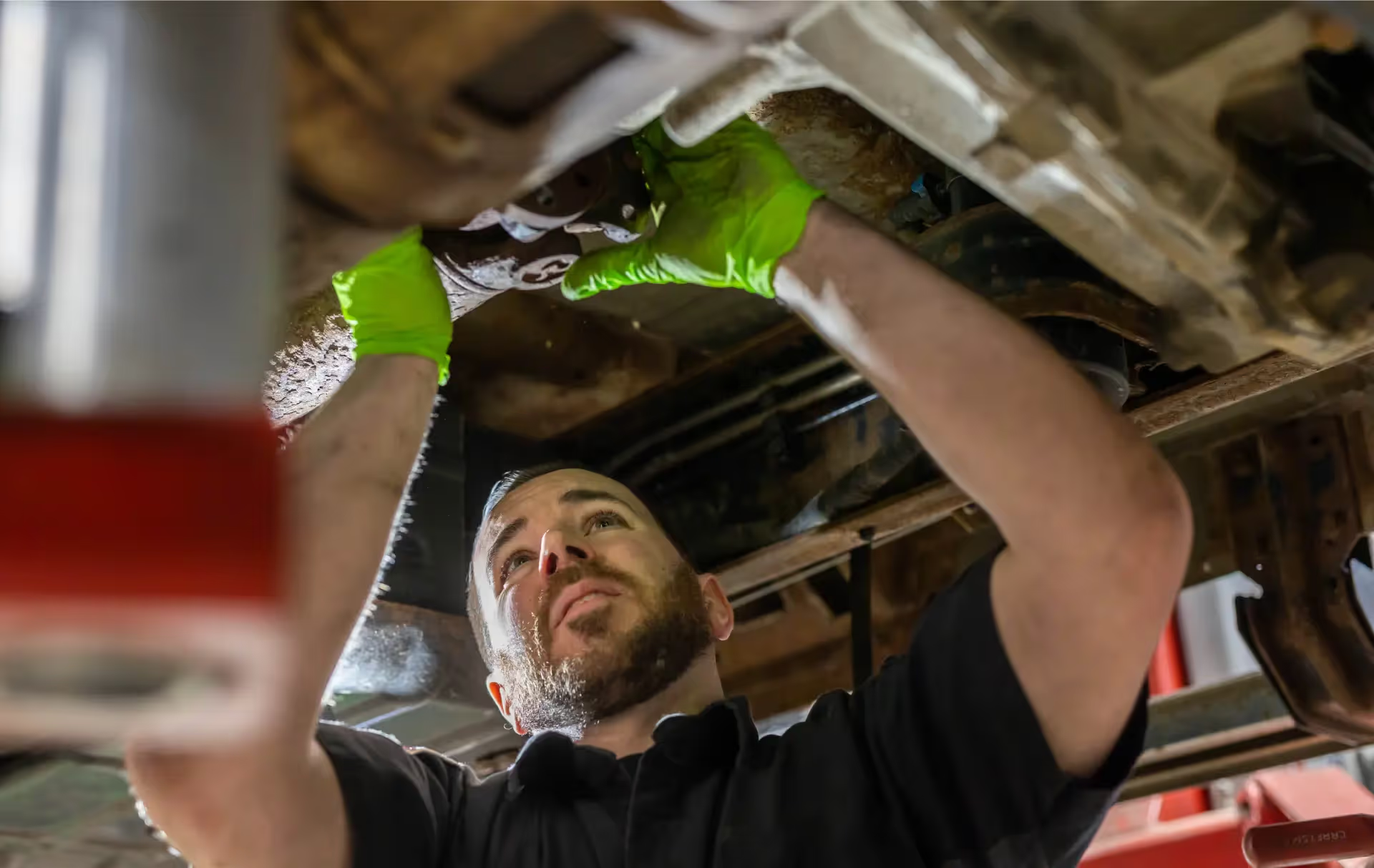Tips for Ensuring Your Trucks Pass DOT Inspections
Don't dread DOT inspections! Learn how to pass with flying colors. This guide covers inspection types, common failures, pre-inspection checklists & more. Keep your fleet safe & compliant!

Whether you’re an owner-operator or oversee a fleet of commercial vehicles, the Department of Transportation's (DOT) inspection is an important event on your calendar. Pass the stringent safety tests and you’re set for another year. Fail, and you could face a range of problems that can devastate your operations.
But don’t worry, we’ve put together this article to help people like you make sure that the next time the DOT inspection rolls around, you’ll pass without a hitch!
Understanding DOT Inspections
What are DOT Inspections?
DOT inspections are regulated and mandated by the federal government and are designed to ensure that all essential components in commercial vehicles meet their required standards. This helps to guarantee safety on the road and, as a by-product, keeps your vehicles in peak condition.
You must undergo these by a professional with the correct certifications at least every 12 months. Depending on where you are in the country, these inspections can even occur randomly at checkpoints. That's why selecting a reputable repair shop to handle your DOT inspections is essential.
Types of Inspections
There are several levels of DOT inspections, ranging from Level I, which is the most comprehensive and involves a detailed check of both the vehicle and driver’s documents, to Level VI, which is specific to radioactive materials. Each level has a designated focus, and understanding the scope of each can significantly aid in better preparation.
Common Reasons for Failure
To best prepare yourself against failure, familiarize yourself with the most common reasons why vehicles don’t pass. Proactively addressing the following common fail points is crucial for ensuring that your vehicle passes the inspection.
- Faulty brake systems
- Worn out tires
- Malfunctioning lights
- Expired licenses/documentation
- Inadequate load securing
- Missing placards for transporting hazardous materials
- Insufficient fire extinguishers
Pre-Inspection Checklist
Documentation
To pass DOT inspection, make sure that all necessary documentation is up to date and readily available. These include:
- A valid commercial driver's license (CDL)
- Vehicle registration
- Proof of insurance and accident logs
- Proof of periodic inspection
- Medical examiners certificate (proof of passing DOT physical examination)
- Daily vehicle inspection report
Having these documents organized and ready can significantly streamline the inspection process.
Vehicle Essentials
Critical vehicle components must be in top condition to pass a DOT inspection. Regular checks should include:
- Brakes
- Lights
- Steering mechanisms
- Tires
- Windshield wipers
- Mirrors
It's essential to ensure that these parts not only function but also meet all of the current safety regulations set out by the DOT.
Special Equipment
If you transport specific types of cargo, such as hazardous materials, then you will undergo additional checks. Make sure that all safety equipment is accessible and in working order, all required placards are easily visible, and all safety protocols are meticulously followed.
Pre-trip Inspections
Conducting thorough pre-trip inspections should be part of your daily routine anyway. This helps not only keep your vehicle in working order but also reduces the chance of significant issues being discovered during a random DOT inspection.
Tips and Best Practices
Regular Maintenance
Routine maintenance is crucial to catching potential issues early on and preventing them from developing into larger problems. Establish a regular maintenance schedule and stick to it to keep your vehicle in optimal condition. If you oversee a larger fleet of vehicles, then integrating fleet maintenance software into your role is absolutely essential.
You also need to update safety equipment regularly and ensure that your vehicle meets the latest environmental standards. These standards are not static, so make sure that you regularly check for changes in DOT regulations.
Driver Preparedness
Drivers should be well-versed in what inspectors look for during an inspection and how to interact with them professionally during the process. For fleet managers, if possible, conduct simulations that mimic real-life scenarios and provide feedback on where they can improve. Keeping on top of the latest regulations and compliance standards can help with driver confidence during the inspection.
Record Keeping
Meticulous record-keeping can facilitate a smoother DOT inspection process. Maintain detailed logs and reports, including hours of service logs and maintenance records, to quickly present during an inspection. Sound documentation not only helps in inspections but also aids in diagnosing vehicle issues and scheduling preventative maintenance.
Partner With a Repair Shop
Partnering with a reliable heavy-duty repair shop that can carry out DOT inspections can be invaluable. They understand your vehicle’s strengths and weaknesses and are able to provide on-site repairs and maintenance to rectify any issues found during the inspection.
Post-Inspection Follow-up
Handling Violations
If violations are identified, knowing how to address them promptly is crucial. Understand the necessary steps to correct any issues and the timelines involved to ensure compliance is re-established swiftly. Implement corrective actions not just to address the current violations but to prevent future occurrences.
Learning from Inspections
Each inspection provides a learning opportunity. Use the feedback from each to refine and improve your vehicle maintenance and operation strategies, enhancing your ability to seamlessly pass future DOT inspections. Continuous improvement in these areas can lead to better safety records and fewer violations over time.
Final Thoughts
Preparation and diligence are key to consistently passing DOT inspections. By focusing on proactive vehicle maintenance, thorough documentation, and driver preparedness, you can enhance your fleet's efficiency and safety, significantly reducing the stress and complications associated with DOT inspections. Stay proactive, and you’ll never fail an inspection again.
More Articles
.webp)
What to Look For in Professional Heavy-Duty Preventive Maintenance

How Preventive Maintenance Saves You Money

What Maintenance Does Your Fleet Need This Winter?
Contact Us
Get in touch with TCB Truck Service today to schedule service in-shop in Memphis, Tennessee, or via mobile service within 150 miles, including service to northern Mississippi & eastern Arkansas.
We're open Monday through Friday, from 7:00am to 4:00pm.

